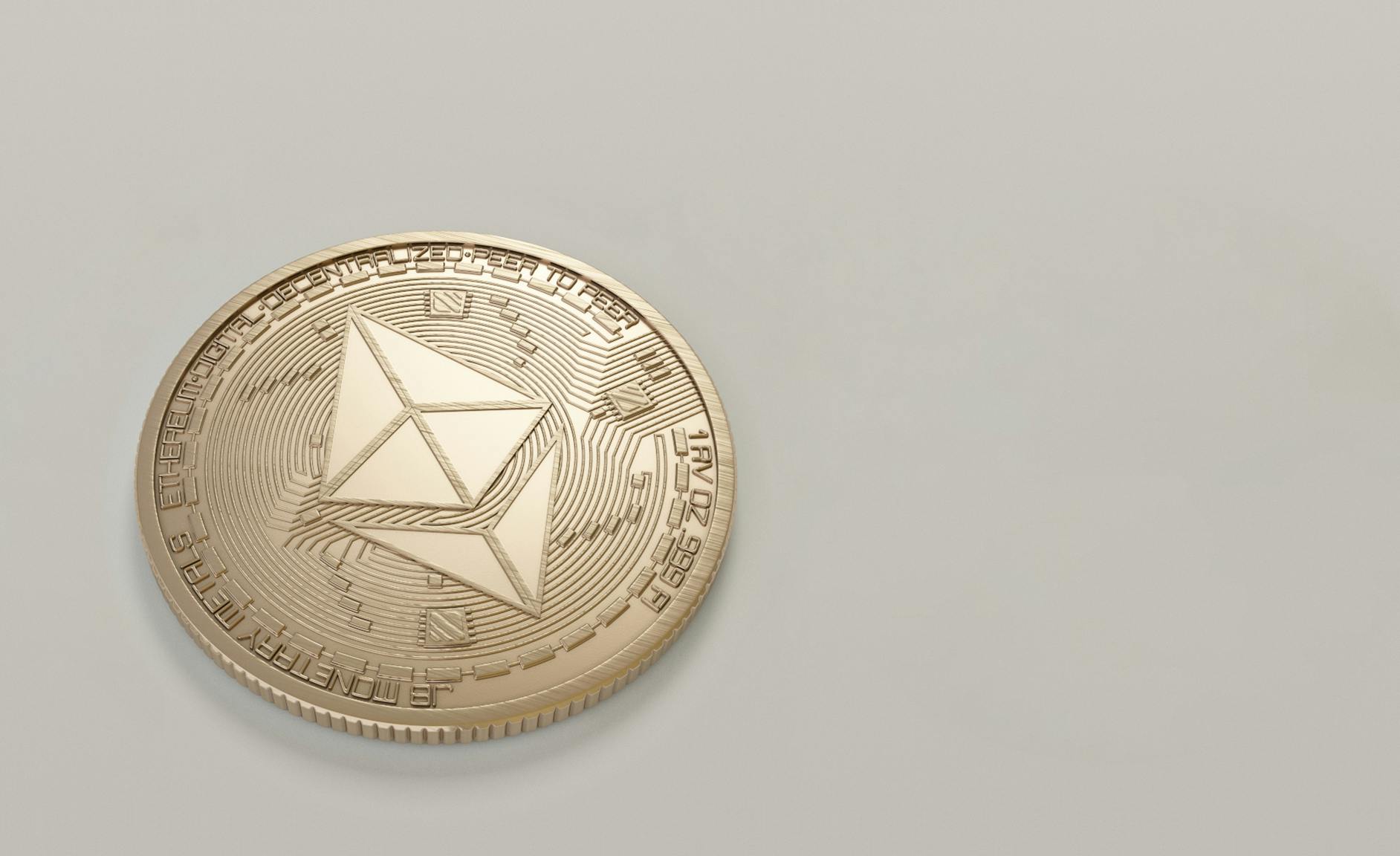A topsy-turvy year has been seen in cryptocurrency markets. A surge in its value could be on the way over the coming months. In this text, we discuss the possibility in detail.
According to statistical analysis by Julien Bittel, Ethereum could be poised for a surge. This is from data observed in 2023, where if the trend repeats, it could be on the way up. It is showing signs of consistent accumulation, where investors gradually acquire a large store of a certain asset. At the moment, Ethereum is finding $3000 as resistance. Breaking it could see a reversal and a forthcoming rally.
Ethereum is Showing Positive Signs
There have been several events over the past few days that have looked positive for Ethereum. A lot of this has had to do with practical applications for the blockchain, showing further integration into mainstream and traditional finance.
The issuance of $20 million in digital commercial paper on the Ethereum blockchain was the first. Conducted by a subsidiary of Guggenheim Capital, the move was carried out in partnership with Zeconomy. The modus operandi of the latter is to make blockchain technology accessible and useful for financial services.
Commercial paper is used by financial institutions and corporations. It is used for short-term loans, a promissory note with a fixed interest rate. Digital ones have the advantage of being issued on the blockchain with all the trappings this brings: Speedy service, advanced security, and general efficiency. It has been given a very high level of creditworthiness, showing the potential use of the Ethereum blockchain in finance.
The Dencun Upgrade and the Impact of ETFs
The Dencun upgrade has also seen renewed confidence in the currency. This reduced layer 2 transaction fees. In many ways, the changes to Ethereum have happened under the surface, which may explain why confidence in it has been low. This upgrade improved the network’s accessibility. By doing so it consolidated one of the main uses for the blockchain, which is executing smart contracts. It also reduced the high gas fees paid by the network, an ongoing concern now that rivals are appearing with low entry points.
However, much of this was overshadowed by the introduction of Ethereum ETFs. Bitcoin exchange-traded funds had been introduced in January and have proved very successful. However, Ethereum ETFs had a very different reception, with outpourings frequent and consistent.
What many failed to recognize was that many of these came from one organization, Grayscale. At one point, they shed $80 million in outflows in one day, enough to scare investors. Yet others recorded inflows, so Ethereum ETFs have not done as bad as people suggest. The past few days alone have seen a huge turnaround for Ethereum ETFs. At the end of September, a $62.5 million inflow was recorded, making it the biggest day since the launch of Ethereum ETFs. BlackRock saw a huge inflow of $59.3 million. All of this came just a few days after its largest day of outflows, suggesting the market and assets still carry a degree of volatility.
Astronomical Charges Appear for One User
In other Ethereum news this week, a huge transaction fee has been paid by one user of the currency. The blockchain data tracker Whale Alert recorded the transaction at 41 ether, which equates to around $108,816 with today’s currency conversion. This is drastically higher than the usual cost of a transaction on the network.
Gas fees are the moniker given to the price of a transaction in Ethereum. Several factors can adjust this price. When you execute a trade, you will find a bust network costs more for example. Complex contracts executed during peak times will cost a lot more than smaller ones at off-peak hours. It also has a base fee which moves up and down, making predicting fees tougher. Thus, traffic and the difficulty dictate how much the cost is.
High gas fees have been one of the reasons many believe Ethereum has dipped in price. With blockchains that have cheaper fees, many have turned to alternatives. This has tried to be addressed, particularly in 2021 when EIP-1559 was introduced. This saw gas fees managed by an automated bidding system. A predetermined fee would calculate the base charge depending on network congestion. A robust point of reference was what was needed. A further Dencun upgrade also consolidated this.
Ethereum is showing that it is more than just a digital currency. It is a blockchain that has practical financial applications. Changes are being made so that Ethereum is still competitive and is able to compete with modern chains such as Solana. There is still life, and value, in it. If you are an investor, it may the time to keep an astute eye on the markets and changes that occur. Look for more integration into financial systems.







